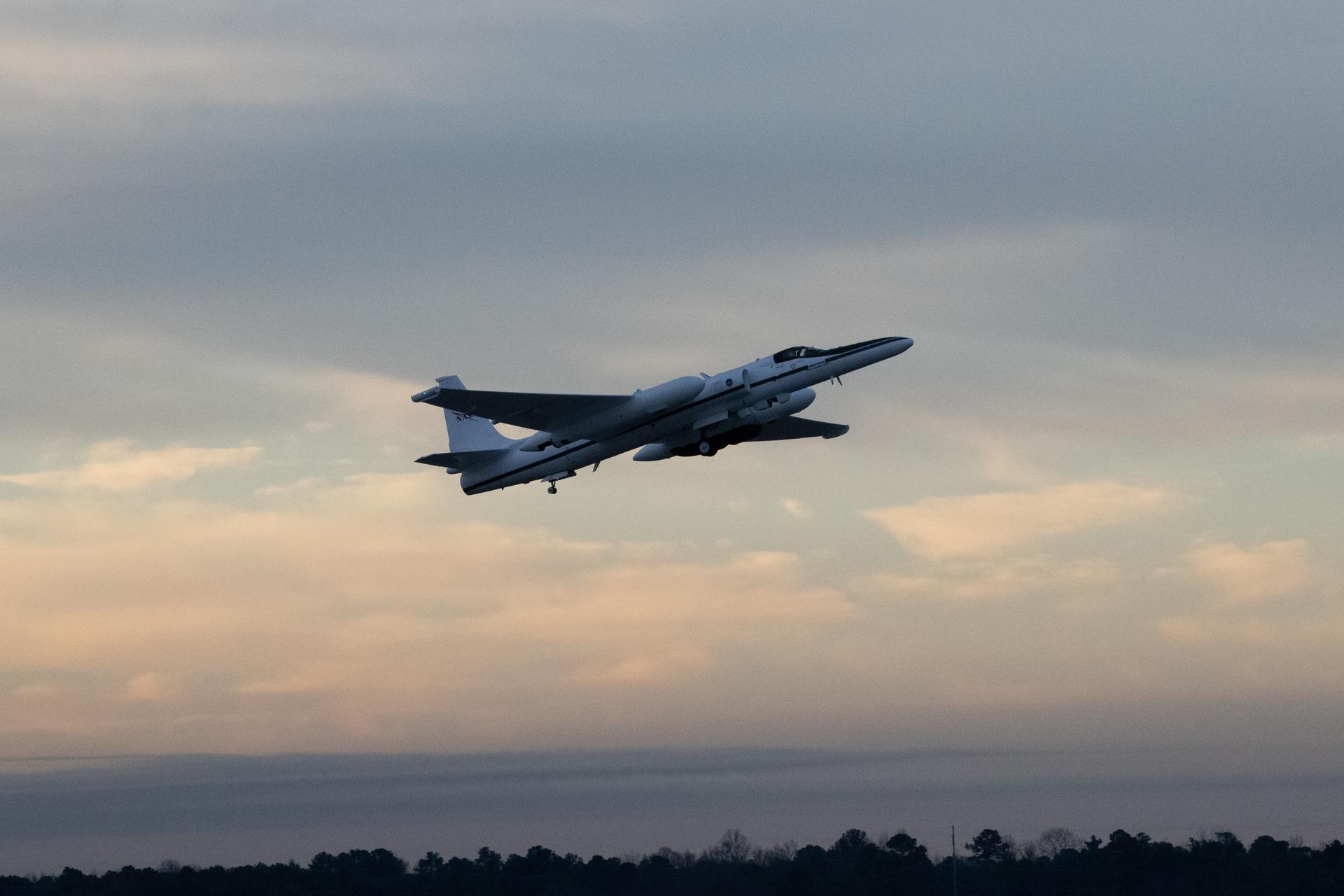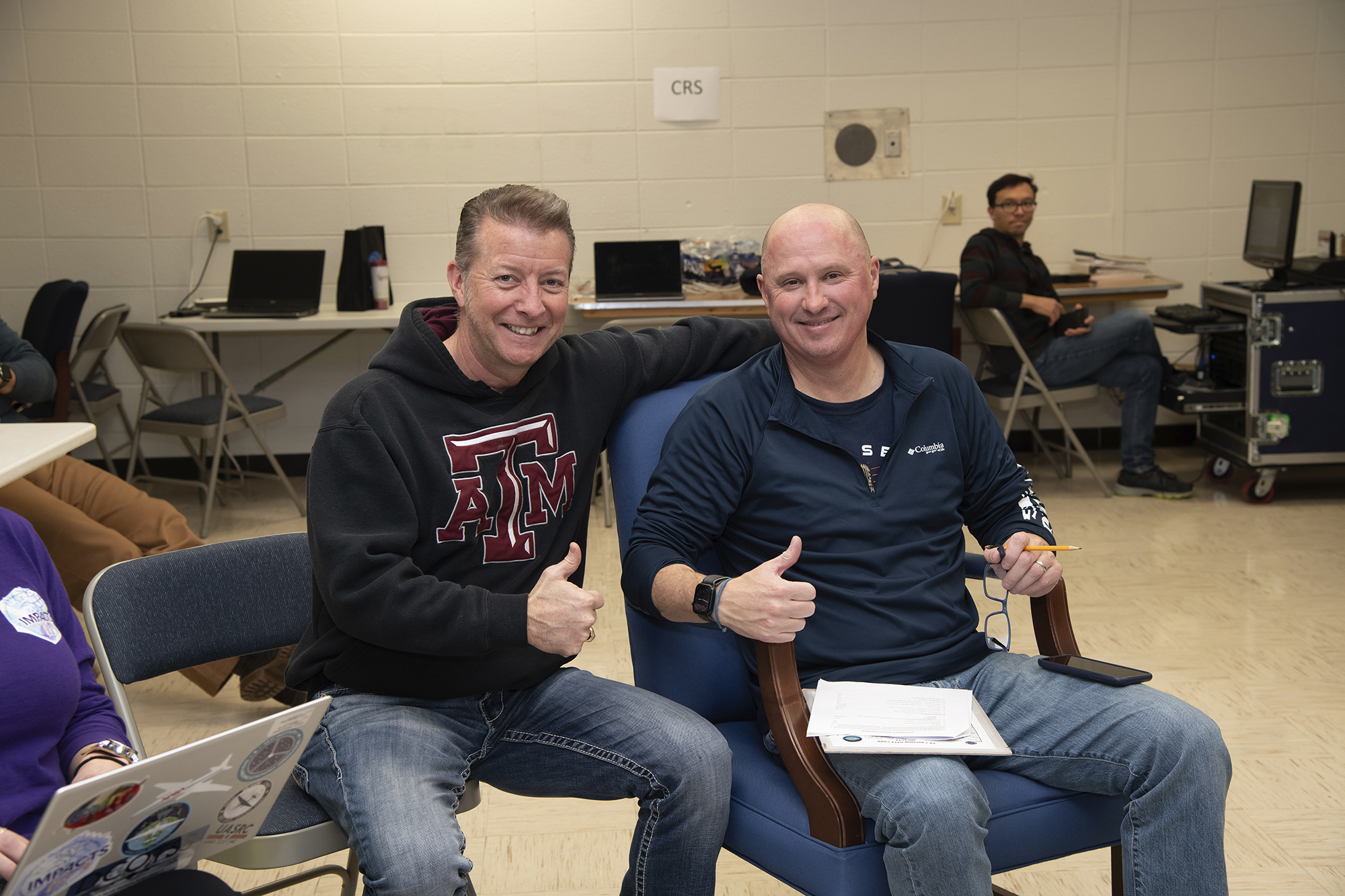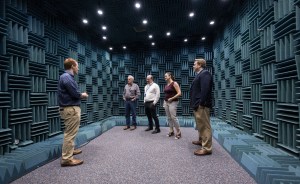
NASA’s ER-2 high-altitude aircraft, based at NASA’s Armstrong Flight Research Center in Palmdale, California, completed more than 30 flights in support of the Investigation of Microphysics and Precipitation for Atlantic Coast-Threatening Storms (IMPACTS) mission. The three-year campaign ended on Feb. 28, 2023.
The IMPACTS team tracked snowstorms across the Eastern United States to investigate how they form and develop. Data collected from these flights will improve meteorological models and the ability to predict snowfall so that cities can better prepare for severe winter weather.
“East Coast snowstorms, as they progress over land masses, form differently than a Pacific snowstorm” said Fran Becker, ER-2 project manager at NASA Armstrong. “The IMPACTS campaign looked at the differences in the formation and dissipation of these types of storms.”
The ER-2 deployed to three different locations during the three-year mission: Savannah, Georgia; Fayetteville, North Carolina; and Marietta, Georgia. These locations were ideal for the aircraft team to be based away from the storms, but still close enough to chase them.

Pilots, ground crew, instrument teams, and project management came together to fly the ER-2 at altitudes of 65,000 feet to get a top-down view from above the storms.
In addition to the ER-2, NASA also flew its P-3 research plane into the storms at lower altitudes to measure precipitation particles with probes mounted on the aircraft’s wings. The P-3 is based at the Wallops Flight Facility in Wallops Island, Virginia.
The multi-year IMPACTS campaign was the first comprehensive study of snowstorms across the Eastern United States in 30 years. The science team included researchers from NASA, several United States universities, the National Center for Atmospheric Research, the National Oceanic and Atmospheric Administration, and the National Weather Service.
“From a project management perspective, the IMPACTS campaign has allowed us to continue to demonstrate that we can deploy the ER-2 to any location to continue obtaining science data for the community,” said Becker. For more information on the IMPACTS mission visit: https://espo.nasa.gov/impacts/

































